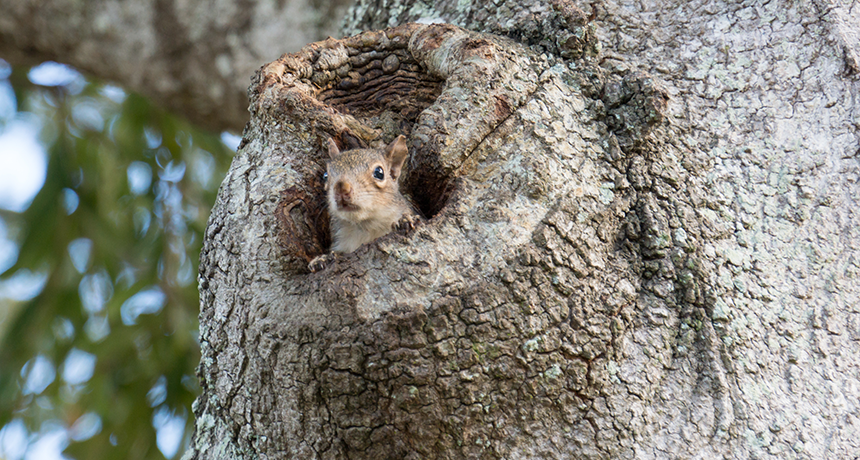Questions for ‘As trees come down, some hidden homes are disappearing’

Squirrels are just one of the many species that dwell in tree hollows.
starryvoyage/iStockphoto

Squirrels are just one of the many species that dwell in tree hollows.
starryvoyage/iStockphoto